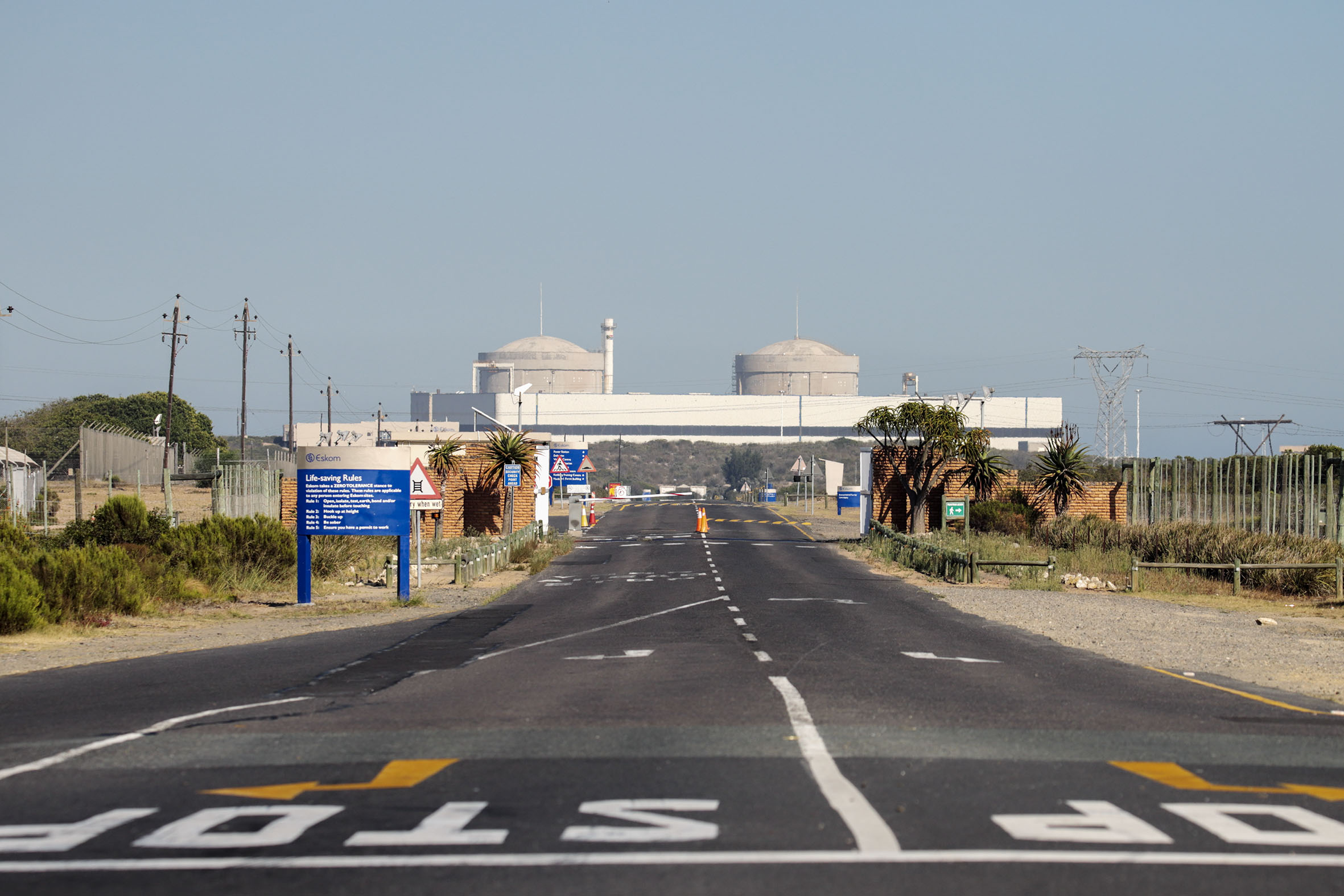Part four | How Koeberg’s history impacts today
The build cost overran radically and Trevor Manuel said in 1994 that South Africa could ‘never justify’ the billions wasted on nuclear, but the government seems to have forgotten this.
Author:
25 March 2022

Hardly a week seems to pass without Minister of Mineral Resources and Energy Gwede Mantashe telling us that the Koeberg nuclear power station produces the cheapest electricity in South Africa. Such is the rhetoric in support of the government’s push for more nuclear power stations that you would be forgiven for thinking that Koeberg was given to the country as a gift. This is of course far from the truth.
Despite the minister’s rosy rhetoric, the construction of Koeberg went significantly over budget. And on completion, there were serious concerns as to whether it was economically viable.
The predicted cost ranged widely after it was first officially announced in 1968, going up and down, sometimes in the same year. Initial news reports in 1968 estimated a cost of R150 million for a 1 000MW plant. In early 1970, Eskom stated that the power station would cost at most R120 million. Only three years later, the company was quoting between R400 million and R500 million for a 2 000MW plant, lamenting that the cost of nuclear power was not falling as it had anticipated.
A year later, in 1975, Eskom estimated a total cost of R630 million. This figure was more than doubled in 1976, when the minister of economic affairs said Koeberg was likely to cost R1.15 billion to build, with another R350 million needed to pay the interest on French bank loans (French banks financed more than 80% of Koeberg). By this time, several economists were calling for the project to be scrapped, claiming that the country could not afford it.
read more:
Just before Eskom switched on the first reactor in March 1984, it emerged that electricity generated by Koeberg would be more expensive than that produced by the Cape’s coal-fired power stations, despite the costs associated with shipping coal across the country to them. “We will end up paying more for the dubious privilege of living cheek by jowl with a monster none of us ever wanted in the first place,” said an editorial in the Cape Times newspaper in February 1984. By the end of that year, Eskom admitted that “additional and unforeseen” costs had resulted in a R519 million cost overrun at Koeberg.
So bad had the situation become that the company’s chairperson had to state publicly in 1985 that despite now costing more than R3 billion (about R400 billion today), the power station “seemed” to be “an economic proposition”. This assertion was contradicted a year later in March 1986, when the minister for minerals and energy affairs admitted that electricity produced by Koeberg cost three times that produced by Eskom’s coal-fired power stations.
These cost problems at Koeberg persisted well into the 1990s as the power station was plagued by problems that saw each of its reactors shut down repeatedly, significantly affecting the amount of electricity it could produce. In 1990, the general manager for generation at Eskom said that if costs could not be reduced, nuclear power stations “would remain an expensive novelty” in South Africa.
Same mistake
The ANC recognised the excessive costs associated with Koeberg at a conference in 1994 to consider a “nuclear policy for a democratic South Africa”. At this conference, Trevor Manuel remarked in his opening address that “our primary concern should be to ensure that scarce resources are spent in a manner befitting the development of the country. Never can the billions wasted on the nuclear programme by the Department of Mineral and Energy Affairs ever be justified.”
The interest on loans in foreign currencies was one of the major cost drivers that led to overspending on Koeberg. This is the very same cost driver that the National Treasury said would cripple South Africa financially if Jacob Zuma’s nuclear deal had gone ahead. The very same cost driver that will make any future nuclear deal entirely unaffordable, threatening the national fiscus.
read more:
And none of the costs for Koeberg – then or now – factor in the multiple billions of rands that will be needed to decommission the plant, nor the multiple billions that will be needed to deal with the legacy of its dangerous radioactive waste. Despite claiming otherwise, Eskom has not set aside funds to cover these significant additional costs. They alone ensure that Koeberg has never been and will never be an economic proposition, just as nuclear power has never been an economic proposition elsewhere in the world.
Mantashe attended the ANC’s 1994 conference on South Africa’s nuclear future as a representative of the National Union of Mineworkers. One can only assume he missed Manuel’s opening address.



